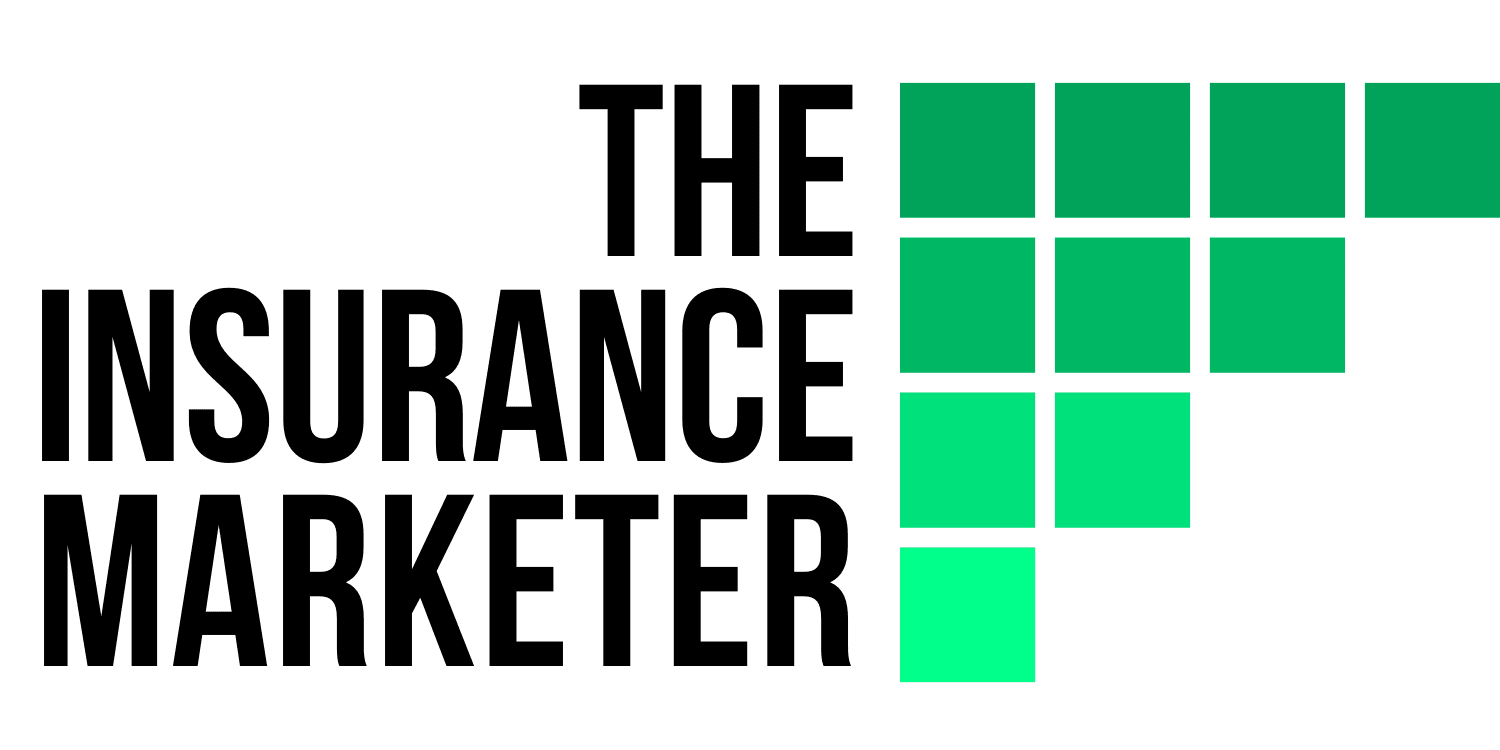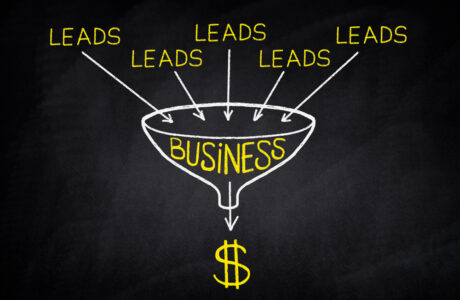As an insurance agent, your success is heavily reliant on the quality of leads you receive. In today’s highly competitive marketplace, shared insurance leads have become a popular option for agents looking to expand their customer base.
Shared leads involve multiple agents receiving the same lead, splitting the cost, and competing against each other for the sale. While shared leads can be a cost-effective solution, they come with their own set of pros and cons.
We want to use this guide to provide insurance agents with an overview of the benefits and drawbacks of shared insurance leads, along with some tips for success. Are you ready? Let’s go!
What Are Shared Insurance Leads?
Shared insurance leads are leads that are sold to multiple insurance agents. These leads are typically generated by lead generation companies, who use various marketing techniques to attract potential customers.
Once a lead is generated, it is sold to multiple agents who are all competing for the same customer’s business.
The Pros of Shared Insurance Leads
#1 Increased Volume of Leads
One of the main benefits of shared insurance leads is the increased volume of leads you can receive. Since the leads are sold to multiple agents, you have access to a larger pool of potential customers.
This can be especially beneficial for new agents who are just starting their businesses and need to build their client base.
#2 Cost-Effective
Shared insurance leads can be a cost-effective way to generate new business. Instead of spending a lot of money on advertising and marketing, you can simply purchase leads from a lead generation company.
This can be especially beneficial for smaller insurance agencies that may not have the resources to invest in large-scale marketing campaigns.
#3 Targeted Marketing
Shared insurance leads are typically targeted to a specific demographic or geographic area. This can be especially beneficial for agents who specialize in a particular type of insurance or who serve a specific geographic area.
By purchasing leads that are targeted to your niche, you can increase the likelihood of converting those leads into customers.
The Cons of Shared Insurance Leads
#1 Lack of Control
One of the main drawbacks of shared insurance leads is the lack of control you have over the leads you receive. Since the leads are sold to multiple agents, you may not have control over how the leads are distributed or how they are followed up with.
This can make it difficult to establish a relationship with potential customers.
#2 Shared Leads Can Be Sold to Multiple Agents
Another potential drawback of shared insurance leads is that they can be sold to multiple agents. This means that you may be competing with several other agents for the same customer’s business.
This can make it difficult to stand out from the competition and can lead to a lower conversion rate.
#3 Quality of Leads
Not all shared insurance leads are created equal. Some leads may be of a higher quality than others. It is important to do your research and evaluate the quality of leads you are receiving before investing in a shared lead program.
Poor quality leads can lead to wasted time and resources, and can ultimately hurt your bottom line.
#4 Reputation Risks
If you are purchasing leads from a lead generation company, it is important to consider the reputation of that company. If the company uses aggressive or unethical marketing tactics, it could reflect poorly on your own business.
It is important to work with reputable companies that have a proven track record of generating quality leads.
How to Evaluate a Shared Lead Provider?
If you are considering purchasing shared insurance leads, it is important to evaluate the lead generation companies you are considering working with. Here are a few factors to consider when evaluating a shared lead provider:
Quality of Leads
The most important factor to consider when evaluating a shared lead provider is the quality of the leads they generate. Look for a provider that has a proven track record of generating high-quality leads that are targeted to your niche.
Lead Generation Process
It is also important to understand the lead generation process the provider uses. Look for a provider that uses ethical marketing tactics and has a transparent process for generating leads.
Pricing
Finally, consider the pricing structure of the provider. Look for a provider that offers competitive pricing and a transparent pricing structure. Be wary of providers that offer extremely low prices, as this may be a sign of poor quality leads.
Conclusion
Shared insurance leads can be a cost-effective way to generate new business, but they also come with some drawbacks. By understanding the pros and cons of shared leads, you can make an informed decision about whether they are right for your business. When evaluating a shared lead provider, be sure to consider the quality of leads, lead generation process, and pricing structure.
FAQs on Shared Insurance Leads
What are shared insurance leads?
Shared insurance leads are leads that are sold to multiple insurance agents.
What are the benefits of shared insurance leads?
Benefits of shared insurance leads include increased volume of leads, cost-effectiveness, targeted marketing, and shared risk.
What are the drawbacks of shared insurance leads?
Drawbacks of shared insurance leads include lack of control, competition with other agents, quality of leads, and reputation risks.
How can I evaluate a shared lead provider?
You can evaluate a shared lead provider by considering the quality of leads they generate, their lead generation process, and their pricing structure.
Are shared insurance leads right for my business?
Whether shared insurance leads are right for your business depends on your specific business goals and needs. Consider the pros and cons carefully before making a decision.




